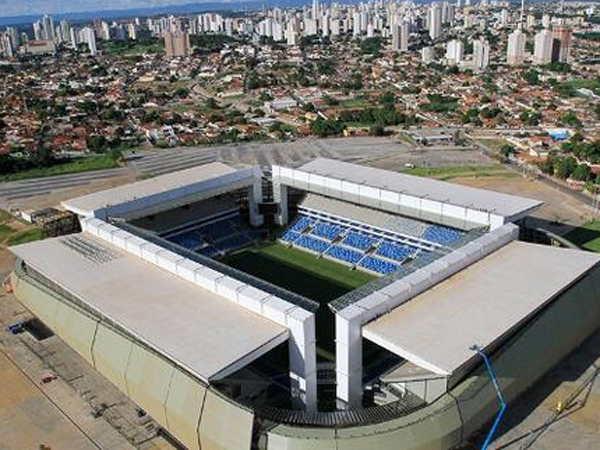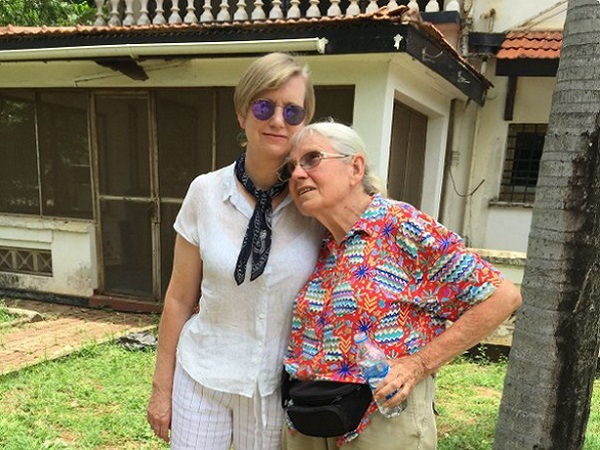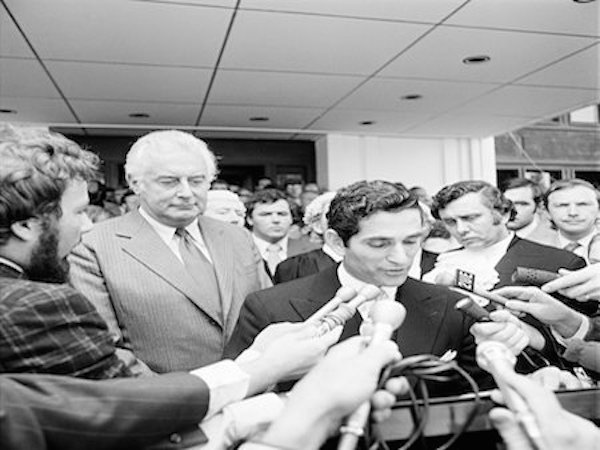In a two-part series, upstart will take you through Brazil’s 12 World Cup host cities and inform you on what to expect in terms of culture, tourism and – of course – football.
(You can read part one of this two-part series by clicking here)
Salvador
Stadium: Arena Fonta Nova (Capacity: 48,747)
Located on the coast, Salvador is renowned for being one of Brazil’s most oldest and historical cities. The capital of the Brazilian state of Bahia, this rapidly growing city offers visitors a range of things to do on their travels. The highlight of any trip to Salvador would be the visit to the World Heritage-listed historical centre of Pelourinho. Here you can find a litany of old houses where one could imagine how life used to be in past decades.
Arena Fonta was built specifically for the World Cup and was completed early last year, in time for testing at the 2013 Confederations Cup. Boasting a capacity of just under 50,000, it will host six World Cup games, headlined by the much-anticipated 2010 World Cup final rematch between Spain and Holland
Recife
Stadium: Arena Pernambuco (Capacity: 44,248)
The sea-side town is located in the north-east of Brazil, ensuring sun-swept beaches and warmer weather for the duration of the tournament. Those that visit Recife will most likely find themselves situated near the Boa Viagem beach, where the heart and soul of this city lies. From here, you can explore the large array of streets that surround this area. Alternatively, you could take the 7km trek to the historical town of Olinda, where a whole other world awaits.
Much like Salvador, the Arena Pernambuco was built specifically for the World Cup and played a major part in the 2013 Confederations Cup. The Pernambuco is known for being one of the “greener” stadiums to host games, with solar power being used around the stadium.
Cuiaba
Stadium: Arena Pantanal (Capacity: 42,968)
The smallest city to host World Cup games, Cuiaba offers a range of things to do. Known as the geographical centre of South America, Cuiaba is a gateway to the world famous Pantanal wetlands. Tourists who prefer a longer stay could soak up three or four days solely in the wetlands. In the city itself, the mix of cultures gives way to a melting pot of crafts, artworks and museums.
#CopadasCopas Arena Pantanal pic.twitter.com/wEXhxjNRu6”
— Coutinho (@RN_PB_SE) May 15, 2014
Out of all 12 stadiums, this one represents a traditional football feel with four distinct stands and grassy partitions in the corners. The Pantanal will host Australia’s first game against Chile and its smaller capacity should provide for a heaving atmosphere come game day.
Manaus
Stadium: Arena da Amazonia (Capacity: 42,374)
Manaus is one of the most isolated places on earth and, while providing a gateway to the world-renowned Amazon rainforest, hosting World Cup games in the city is proving to be a logistical challenge. Visitors to Manaus will be greeted with scorching temperatures and high humidity. While it’s a four-hour flight from Rio or Sao Paulo, visitors to Manaus are in for a treat.
Built specifically for the World Cup, Arena Da Amazonia was officially opened in March this year. After England manager Roy Hodgson criticised the temperatures that nations who play at the stadium will endure, his team was drawn against Italy in what will be the showpiece event for this stadium. Its yellow and orange seats are a striking combination and this modern piece of architecture will delight those that are privileged enough to attend games there.
Natal
Stadium: Arena das Dunas (Capacity: 42,086)
Natal is to Brazil what the Gold Coast is to Australia. Situated in the north-east of the country, this stunning city is renowned for sand dunes and pristine beaches. Tourists will likely find themselves at Ponta Negra beach, which is bookended by the dunes that make this place so popular to visit. Temperatures in Natal will be ideal come World Cup time and those seeking some sun with their football will converge here.
While the name represents the sand dunes of Natal, the stadium has also been designed in a wave-like manner to highlight the dunes. Arena das Dunas is the smallest ground that will host football games in Brazil and was also built specifically for the tournament. It was described as one of the most perfect football grounds in South America and it’s not hard to see why.
Curitiba
Stadium: Arena de Baixada (Capacity: 41,546)
Curitiba is known as a model city in Brazil; one that is built for its citizens, rather than the other way around. Many years ago the large, desolate streets were converted to shopping malls and allowed its people more space to roam without the distraction of the car. It is the perfect example of a well-planned city and, since the 1950s, its population has risen significantly.
While originally opened in 1999 for local club Atletico Paranaense, the Arena de Baixada has undergone a full renovation in time for the 2014 World Cup. It will play host to Australia’s game against reigning champions Spain and only opened just a few short weeks ago. The nature of the stadium allows for a booming atmosphere, as it has been specifically designed to trap in any noise.
Laurence Rosen is a first-year journalism student at Monash University who will be journeying to Brazil for the 2014 FIFA World Cup. You can follow his trip on Twitter: @LaurenceRosen







